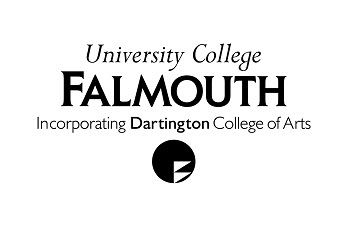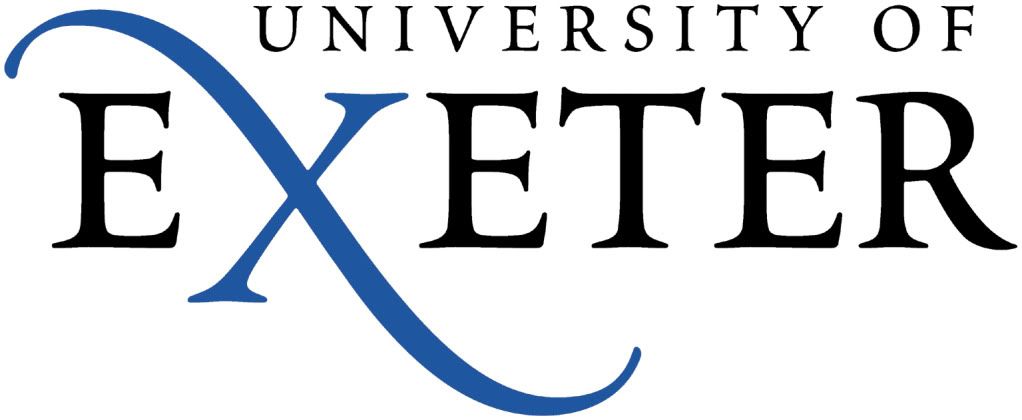This year, as I'm sure you are all aware, marks the one hundredth anniversary of the sinking of the Titanic on her maiden voyage from South Hampton to New York on the 15th of April, 1912. A couple of weeks ago the Service was contacted by local media investigating the number of passengers on board who came from Cornwall. Many of these passengers appear to have been young emigrating miners, and we were asked whether any of them had links with the Camborne School of Mines, for which we have holdings in our archive collection. I thought this would be a really interesting piece of research to carry out, and as it turned out, was incredibly poignant.
I found an extremely useful website, the Encyclopedia Titanica, and used this for my initial search. This site offers a comprehensive list of passengers and crew, each with an individual biography. It allows you to search a number of lists, including lists of passengers by class. The lists show basic information, including name, age, occupation, and whether they were rescued or not. Since I was interested in miners, I focused on the 2nd and 3rd Class lists at first and looked for all those whose occupation was listed as 'Miner'.
I found nine Cornish miners in total, hailing from Redruth, St Ives, Harrowbarrow, Gunnislake, and Penwithick. Owing to the close proximity of Redruth, St Ives and Penwithick to Camborne it seemed feasible that the men from these areas could have attended the School. I looked the nine names up in the School's Student Registers, which date back to 1900 and list the students that have passed through the Camborne School of Mines, but was unable to find any of the names of the Miners on board the Titanic. Although I had to conclude from this that it was unlikely of them were old CSM students, but I was still really interested in their stories.
The biographies give a poignant insight into the lives of the passengers - details of their families, where they were going, how much their ticket cost, and if their body was recovered details of their clothing and effects. Tragically, the nine men I found all lost their lives in the sinking. A Mr Ernest Charles Cann, a 21 year old china clay labourer from Penwithick, boarded the Ship with a 3rd Class ticket with his friend, William Saundercock. He had been married only five months; both were lost. Stephen Cernow Jenkin had emigrated to Michigan in about 1903 with his brother and worked in the copper mining industry. He had returned to St Ives in the summer of 1911 for a family visit and was not due to return on the Titanic, but coal strikes meant that he couldn't take the ship his ticket was for, and he was given a place instead on the Titanic instead. Apparently he had misgivings about travelling on this ship, and shortly after leaving St Ives for Southampton returned to his parents to leave his valuables should anything happen to him.
The website also has contemporary newspaper articles covering the event. Here I found the story of John and Lizzie Chapman in the West Briton and Cornwall Advertiser. The childhood sweethearts from Liskeard had married only 4 months previously and were travelling to Washington, where John had recently emigrated. The trip on the Titanic was to be their belated honeymoon. When John was not allowed into a lifeboat, Lizzie refused to leave her husband. They both lost their lives.
Although the initial enquiry around possible CSM students on board the Titanic came to a dead end, I felt privileged that I had been able to research from a local angle a momentous, albeit terrible, event, and to do so using part of our collection. I have always enjoyed the research side of working in an archive, particularly if it involves researching a person or people as with family history enquiries, because an archive can give you a really personal insight into someone's life or a little window into the past. I couldn't go any further with the CSM angle, and you don't always find an answer, but doing the research is an enjoyable process, which is even more enjoyable and rewarding when you get a result. And it doesn't stop there. The most satisfying bit of all is knowing that, once you've passed on your findings, the enquirer/researcher might be able to dig even deeper, using the information you have provided them with. A small piece of information can open up a whole can of worms!
I found an extremely useful website, the Encyclopedia Titanica, and used this for my initial search. This site offers a comprehensive list of passengers and crew, each with an individual biography. It allows you to search a number of lists, including lists of passengers by class. The lists show basic information, including name, age, occupation, and whether they were rescued or not. Since I was interested in miners, I focused on the 2nd and 3rd Class lists at first and looked for all those whose occupation was listed as 'Miner'.
I found nine Cornish miners in total, hailing from Redruth, St Ives, Harrowbarrow, Gunnislake, and Penwithick. Owing to the close proximity of Redruth, St Ives and Penwithick to Camborne it seemed feasible that the men from these areas could have attended the School. I looked the nine names up in the School's Student Registers, which date back to 1900 and list the students that have passed through the Camborne School of Mines, but was unable to find any of the names of the Miners on board the Titanic. Although I had to conclude from this that it was unlikely of them were old CSM students, but I was still really interested in their stories.
 |
| Example of an entry from a CSM Student Register. Photo: Charlie Hey |
The biographies give a poignant insight into the lives of the passengers - details of their families, where they were going, how much their ticket cost, and if their body was recovered details of their clothing and effects. Tragically, the nine men I found all lost their lives in the sinking. A Mr Ernest Charles Cann, a 21 year old china clay labourer from Penwithick, boarded the Ship with a 3rd Class ticket with his friend, William Saundercock. He had been married only five months; both were lost. Stephen Cernow Jenkin had emigrated to Michigan in about 1903 with his brother and worked in the copper mining industry. He had returned to St Ives in the summer of 1911 for a family visit and was not due to return on the Titanic, but coal strikes meant that he couldn't take the ship his ticket was for, and he was given a place instead on the Titanic instead. Apparently he had misgivings about travelling on this ship, and shortly after leaving St Ives for Southampton returned to his parents to leave his valuables should anything happen to him.
The website also has contemporary newspaper articles covering the event. Here I found the story of John and Lizzie Chapman in the West Briton and Cornwall Advertiser. The childhood sweethearts from Liskeard had married only 4 months previously and were travelling to Washington, where John had recently emigrated. The trip on the Titanic was to be their belated honeymoon. When John was not allowed into a lifeboat, Lizzie refused to leave her husband. They both lost their lives.
Although the initial enquiry around possible CSM students on board the Titanic came to a dead end, I felt privileged that I had been able to research from a local angle a momentous, albeit terrible, event, and to do so using part of our collection. I have always enjoyed the research side of working in an archive, particularly if it involves researching a person or people as with family history enquiries, because an archive can give you a really personal insight into someone's life or a little window into the past. I couldn't go any further with the CSM angle, and you don't always find an answer, but doing the research is an enjoyable process, which is even more enjoyable and rewarding when you get a result. And it doesn't stop there. The most satisfying bit of all is knowing that, once you've passed on your findings, the enquirer/researcher might be able to dig even deeper, using the information you have provided them with. A small piece of information can open up a whole can of worms!


No comments:
Post a Comment